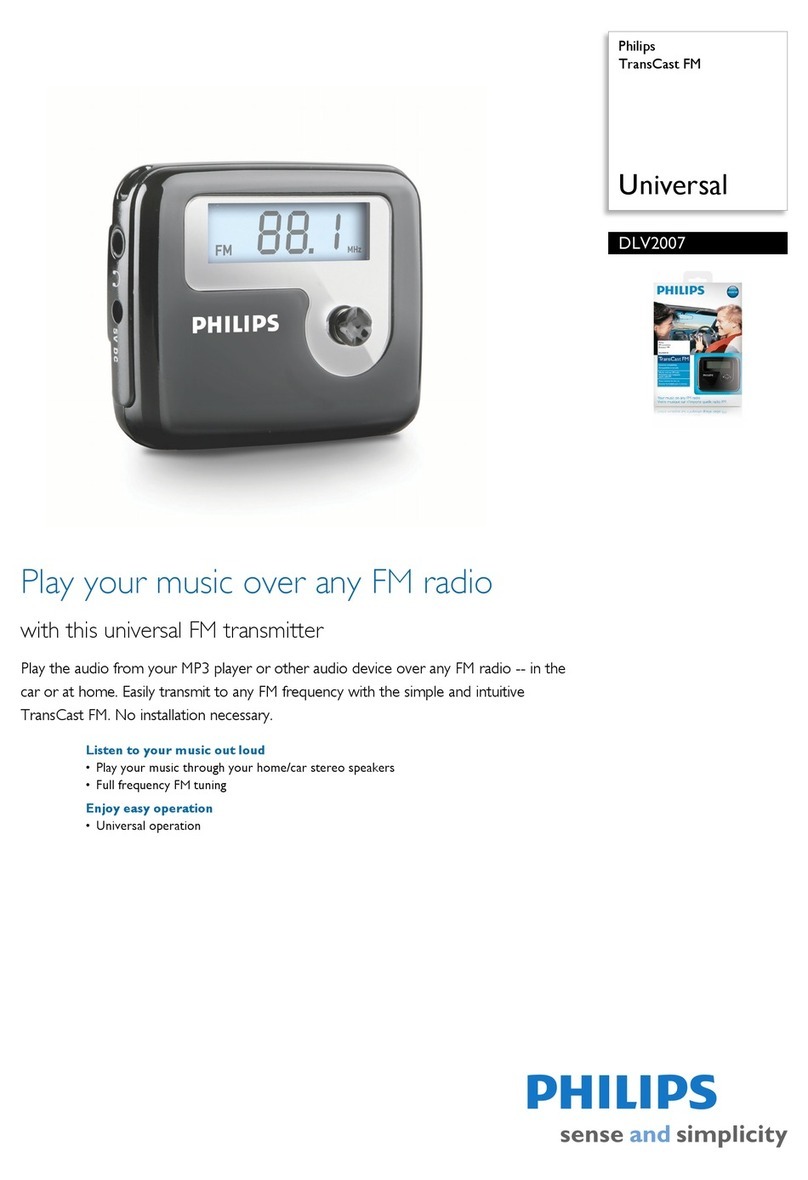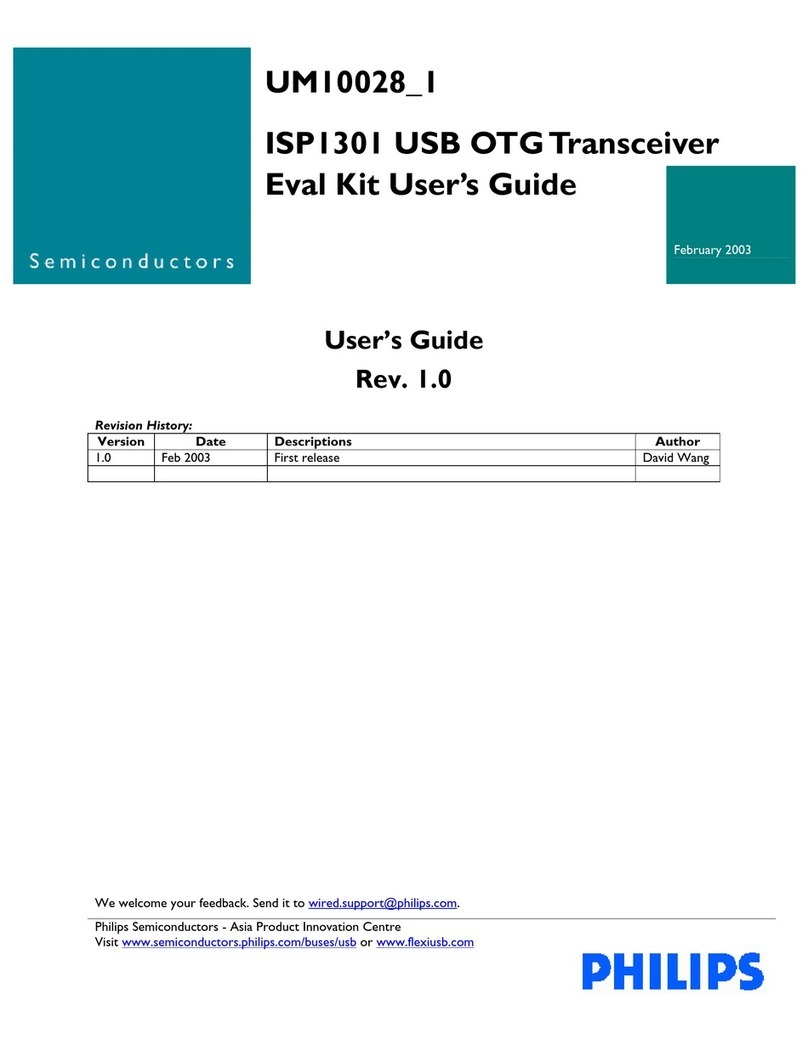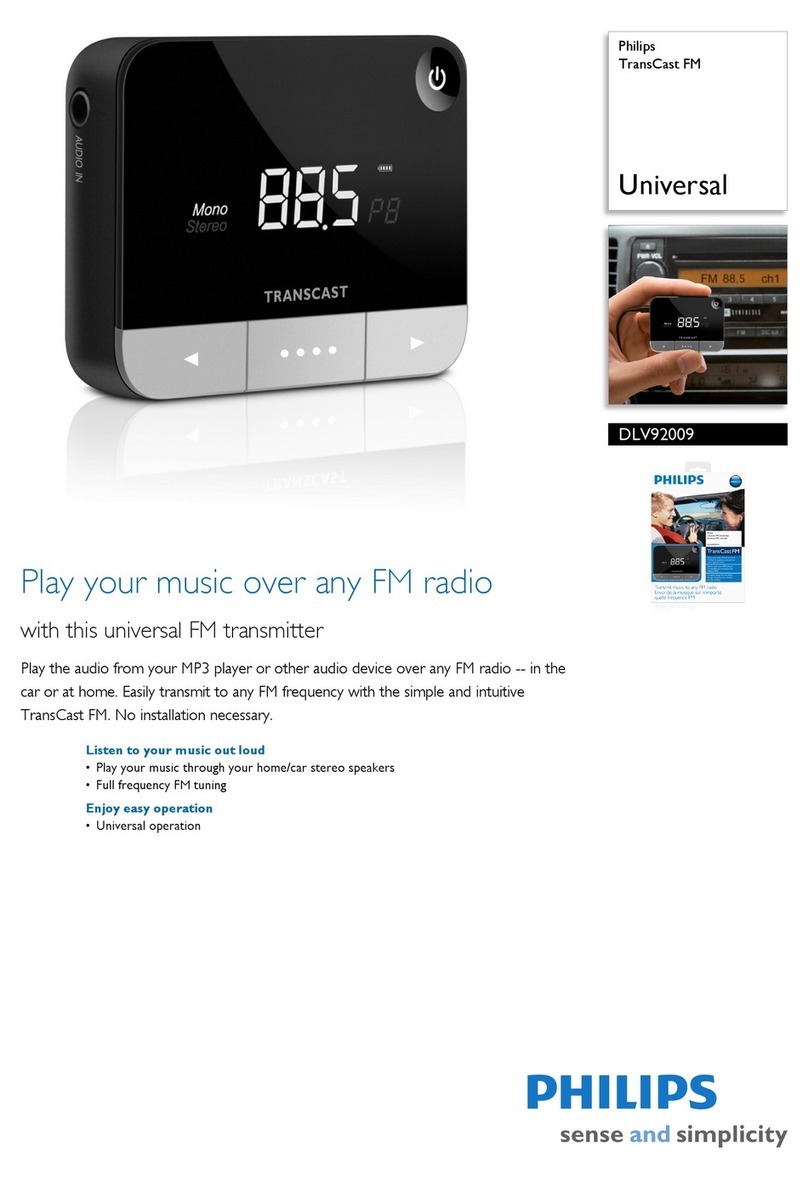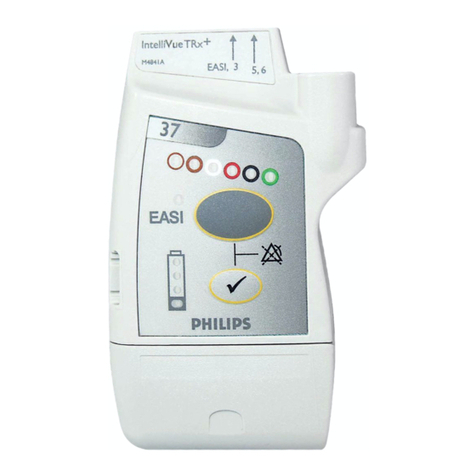
The front panel assembly is attached to the outer sleeve and a dust and water seal gasket is
provided at this interface.
The antenna connection is provided by a chassis mounted BNC type socket at the rear of the
main chassis. Connection to the loud speaker and do power is provided by a 4-way connector
socket mounted on the control PCB, and is accessed at the rear of the main chassis. For special
systems applications, a 15-way 'D' type connector is mounted on the rear of the chassis and
connected internally via a ribbon cable and plug to the control PCB.
The microphone socket is mounted on the control PCB and is accessed via an opening in the
front panel moulding. A clip-on moulded plastic facade covers the microphone socket
connection.
The installation mounting cradle is fixed to the central partition section of the main chassis. Two
fixing screws remain attached to the chassis and secure the outer sleeve in position. The cradle
is secured in position by two more screws. Tilt adjustment of the cradle mounting is set before
the screws are finally tightened.
1.3 SERVICE/ACCESSIBILITY
To gain access to the PCB assemblies the front panel must be detached first (microphone, knob,
one fixing screw, one lock nut and disconnect the flexible printed circuit from the front panel).
The outer sleeve is then removed (four fixing screws). The front panel may be re-attached to the
control PCB with the flexible PCB/socket interconnection. At this level of assembly the equipment
may be operated and aligned. Access to the component side of the control PCB is possible. The
majority of the components on this board are surface mounted and may be serviced with the
PCB in-situ.
To gain access to the radio PCB the radio screen must be detached (nine fixing screws). The
equipment may be operated at this level of assembly but with degraded performance in terms of
case radiation and spurious response and emissions. For service, access to the component side
is possible . The majority of the components on the radio PCB are surface mounted and may be
serviced with the PCB in-situ.
For access to the underside of the radio PCB three fixing screws must be removed, fixing screws
on the transmitter power amplifier devices must also be removed (6 for UHF 25W & 40W, 4 for
the UHF 6W version, 3 for the VHF 6W & 25W, and 5 for the 40W VHF version). The antenna
socket connection must be de-soldered and the 13 volt power connection at the chassis feed
through must be de-soldered. The radio board may then be detached from the chassis but will
remain connected to the control PCB by the flexible interconnecting circuit. This flexible PCB
may be disconnected at the socket on the radio board.
For access to the underside of the control PCB the front panel must be detached. The
microphone must also be removed. The control PCB is retained by six fixing screws, the audio
amplifier IC and two regulator ICs are attached to the chassis by four fixing screws which must
be removed. The 13 volt power connection at the chassis feed through must be de-soldered.
Section 7 Page 4



































